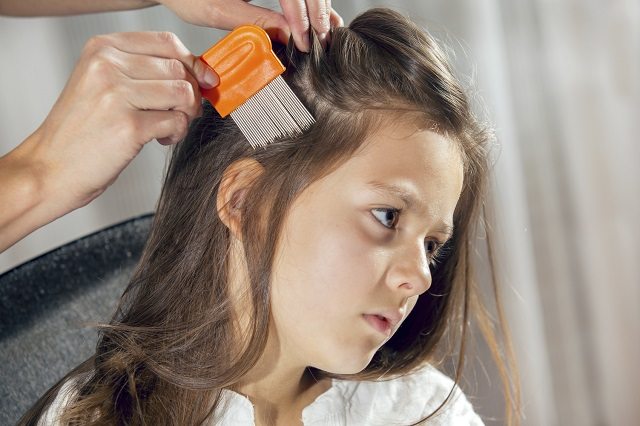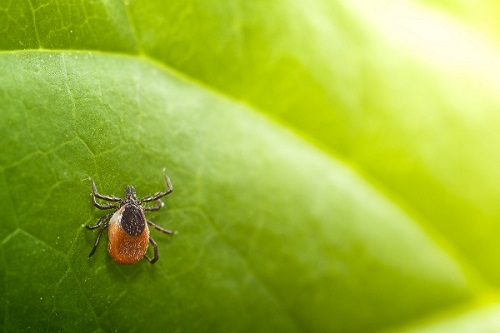It’s enough to send shudders up and down every parent’s spine. Head lice are common, however, most parents have to deal with it at some stage. Don’t panic – we have all you need to know…
What is head lice?
Head lice are tiny wingless insects that are grey-brown in colour. They are the size of a pinhead when they hatch and 3mm long when fully grown. They are spread by head-to-head contact and feed by sucking blood from the scalp. They are most common among small children due to their way of playing, which usually involves close contact.
How are head lice diagnosed?
Contrary to beliefs, head lice doesn’t cause the scalp to itch, unless you have an allergy to head lice. They are difficult to detect on the head; unhatched eggs or nits (empty eggshells) alone are not enough to diagnose an active head lice infestation. This is because it can be difficult to distinguish between eggs and nits that are dead or alive. To confirm an active infestation, a louse must be found through a reliable method, such as detection combing.
What is detection combing?
Detection combing can be carried out on dry or wet hair; wet hair is more accurate as lice remain motionless when they are wet. Use a special fine-toothed head lice comb (not a nit comb) with a tooth spacing of less than 0.3mm to trap the smallest lice. For wet detection combing, first wash and condition the hair. Do not rinse out the conditioner. Comb through until all tangles are gone. Then, using the head lice comb, slowly comb the hair and check the comb for lice after each stroke. Remove lice by wiping or rinsing the comb. When you are finished, rinse out the conditioner and repeat the process. For dry detection combing, first use an ordinary comb to untangle the hair. Then switch to a head lice comb, and slowly comb from scalp to the end of the hair, combing each section of hair three to four times before moving on to the next section. If you see a louse, trap it against the face of the comb with your thumb. Continue combing the hair, section by section, until the whole head of hair has been combed through.
How can I treat head lice?
Wet detection combing can successfully treat head lice; however, a special lotion or spray to remove lice may be more effective. There are several pesticide-based solutions available, or a treatment like Hedrin, which is pesticide free and can be used on everyone from six months old to adult.
Ask your pharmacist for guidance especially if you are pregnant, breastfeeding or if you or your child have a special medical condition. Medicated treatments should only be used if a living head louse is found. Crème rinses and shampoos are not thought to be effective and are therefore not recommended.
Can head lice be prevented?
Head lice are not easily prevented. Early treatment is best, so regular detection combing is the most effective way of diagnosing head lice and treating them quickly. There are some natural sprays that use ingredients like Tea Tree to help prevent head lice, such as Puressential Lice Repellent Spray. Always follow the instructions if you are planning on using such products.
maternity & infant
Originally posted 2016-10-27 17:29:28.









